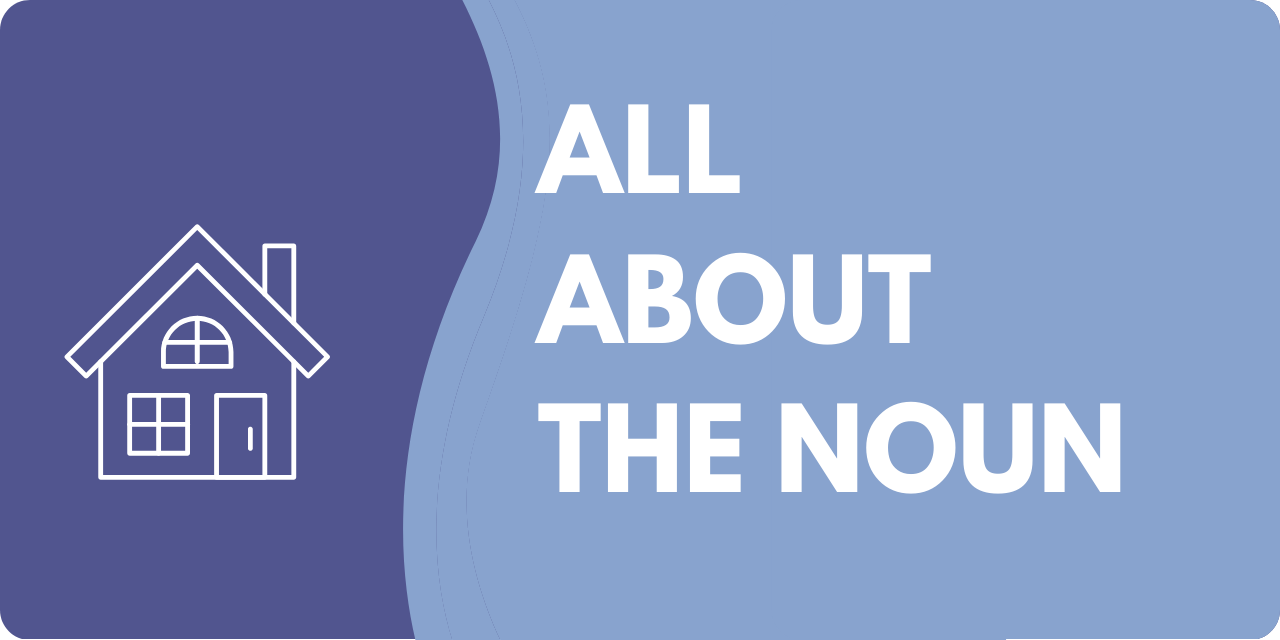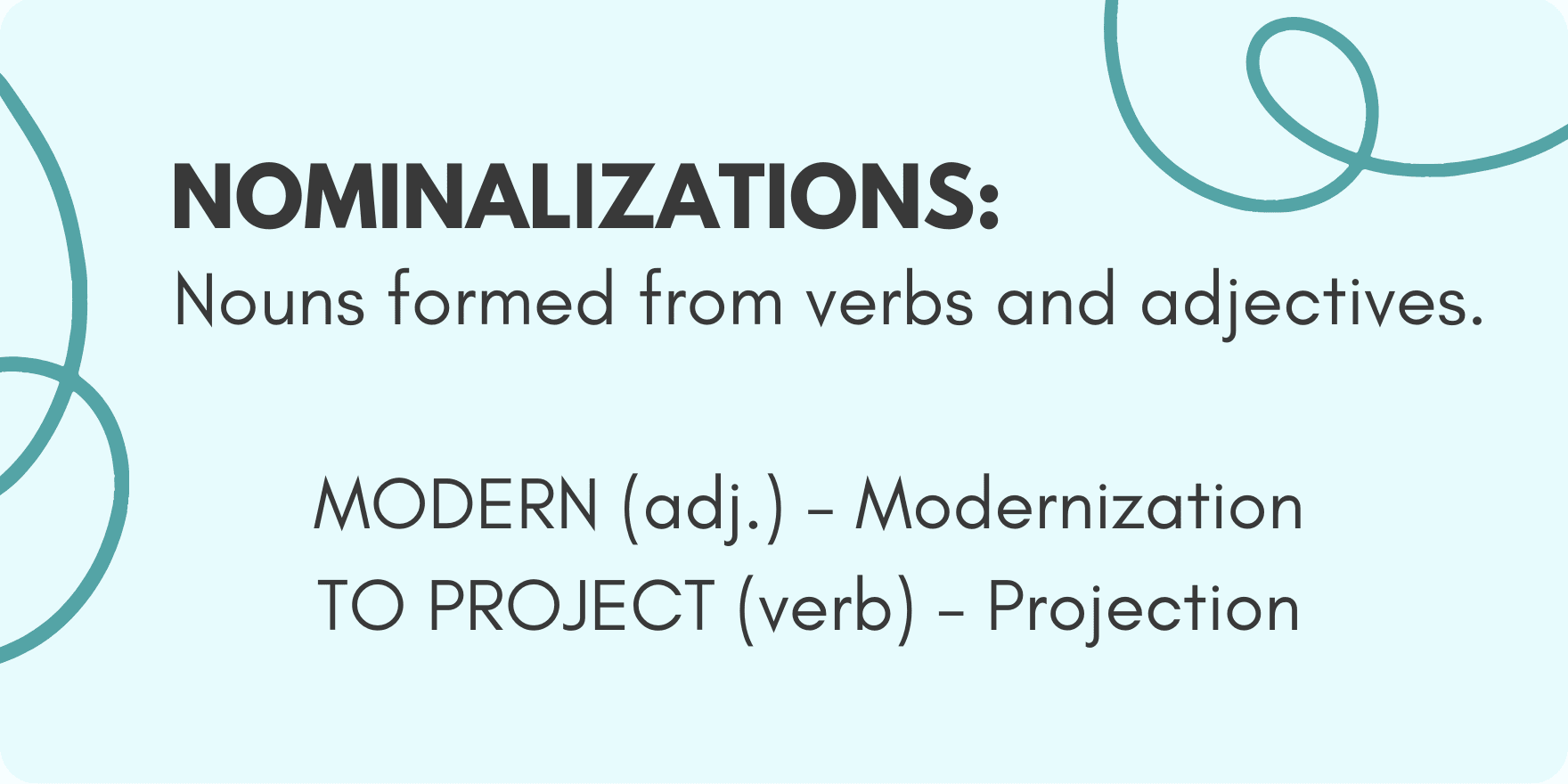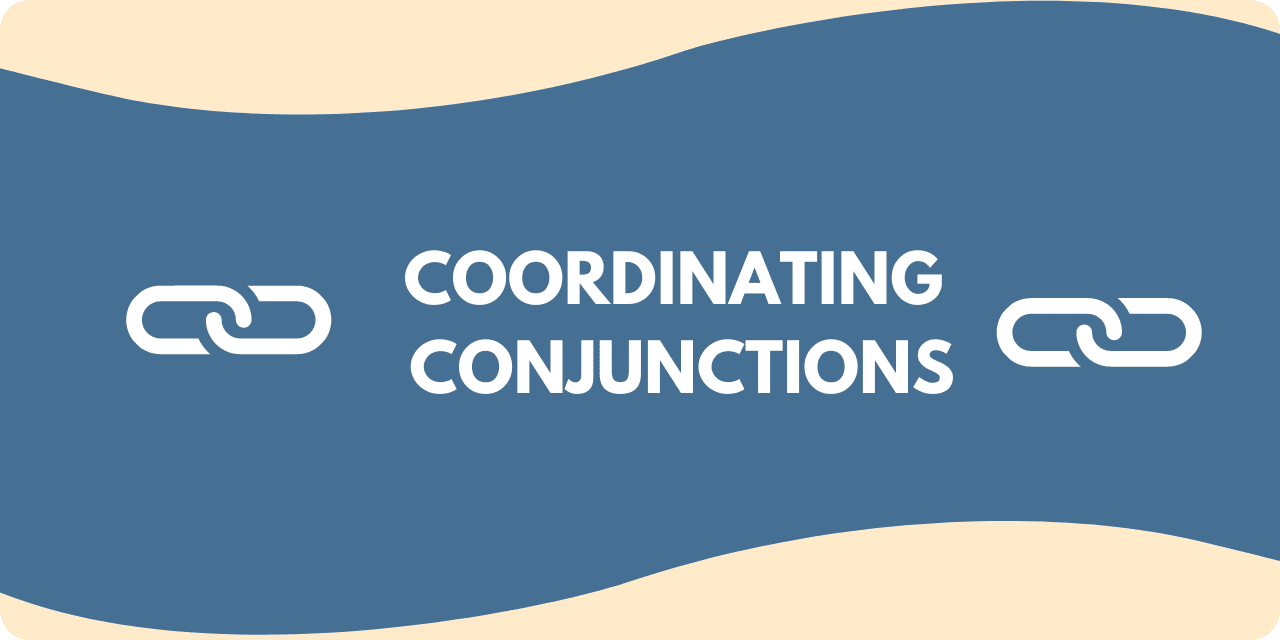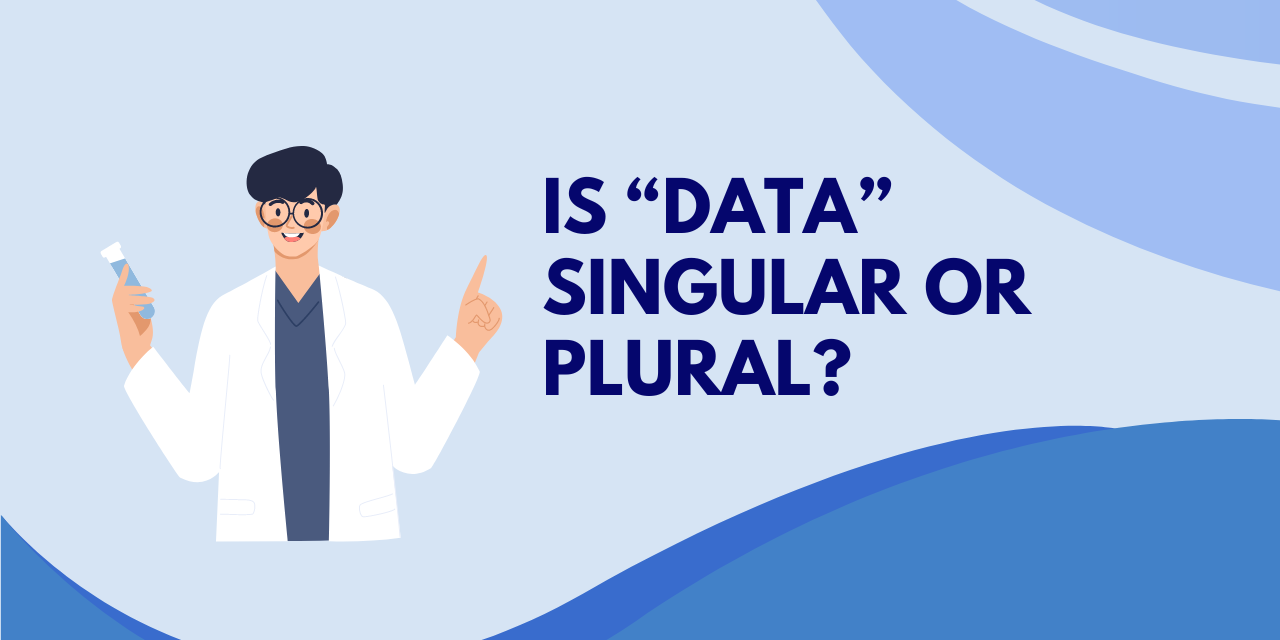- “So” can function as different parts of speech, most commonly an adverb or coordinating conjunction.
- When speaking, using “so” in casual conversation is generally accepted.
- However, in writing, “so” should not start sentences unless used in dialogue.
Throughout conversation and writing, the word “so” appears regularly. There are plenty of rules for its proper usage, but one of the most disputed topics relates to when the word appears at the beginning of a sentence.
Teens, in particular, are fond of using conjunctions to start sentences, both in dialogue and in their writing. However, the conventions of the spoken word differ from those found in writing because additional measures and inflections are present in speech to help with understanding and context.
Plus, when having a conversation with friends and family, there is a certain level of safety from grammatical criticism that allows a more casual use of English conventions.
The question remains – when is it acceptable to begin a sentence with “so?”
How “So” is Used in a Sentence
“So” can function as various parts of speech but most commonly as a conjunction or adverb, meaning the word will follow the basic rules of that type except in exceptional circumstances.
“So” as an Adverb
An adverb modifies an adjective, verb, or even other adverbs. When functioning in this way, “so” usually adds an element of emphasis.
- Jason is so stupid because he thinks he has a chance with Leanne.
Used in this way, “so” emphasizes the adjective “stupid,” generating a heightened sense of his perceived lack of intelligence in this scenario.
- I am so hungry that I could eat a horse!
In this sentence, “so” adds significance to the adjective hungry, setting up this hyperbolic cliché (overused exaggeration).
- I have so much homework to do.
Here, the adverb also plays an essential role in helping the reader (or listener) understand the amount of homework this student must complete.
“So” as a Coordinating Conjunction
Coordinating conjunctions have one principal purpose: to join two complete sentences. Remember, a complete sentence has both a subject and verb while standing alone as a complete thought.
Here is an example of a complete sentence:
- Jessica ate the mysterious red berries.
Our subject is “Jessica,” as she is the person, place, or thing performing an action or receiving an adjective through a linking verb. In this case, she is doing something – eating.
Because eating is an action, that is our verb for the sentence. A verb is either an action (doing something) or linking (joining the subject to another word that describes or modifies it).
Finally, there is more to the sentence that completes the thought. What did Jessica eat? She ate the mysterious red berries.
Altogether, that sentence is a single complete idea and can stand independently without needing any help.
Let’s look at how “so” can function as a conjunction to join two sentences together. Remember that each conjunction creates a relationship between the two independent sentences – “so” indicates a cause and effect/result relationship.
Sentence 1: Jessica ate the mysterious red berries.
Sentence 2: She became incredibly sick.
Sentence 1 + conjunction + Sentence 2:
- Jessica ate the mysterious red berries, so she became incredibly sick.
Notice the comma before “so,” which is a basic grammar rule. When a coordinating conjunction (also known as the FANBOYS – for, and, nor, but, or, yet, so) joins two sentences, there will be a comma before that conjunction.
Here are a few more sentences using “so” in all its conjunctive glory:
- Rodger whistled at Michaela, so she punched him in the face.
- The dog ran into the street, so the car slammed on its brakes.
Note the cause and effect relationship and how it joins two independent clauses (sentences).
Can You Begin a Sentence with “So”
Well, of course, you can begin a sentence with “so,” and people do so all the time, but . . . should you?
The answer is “maybe.”
If you are talking with your friends or family and have no fear of being judged, go for it. Everyone will understand what you mean, and life will probably go on as usual.
However, if you want to write or speak properly in the English language, beginning a sentence with any conjunction is a huge no-no.
When beginning with “so,” what comes next is going to be an incomplete sentence –
- So much homework!
- So, John was late.
The idea here is not complete. While in dialogue, “so” is often used as an interjection when there is a long pause in conversation or to prompt a response, which is generally accepted. Otherwise, it should be joining one sentence to another.
Other times, people will write two sentences, starting the second with “so.”
- I didn’t want to go to the party. So I went home instead.
The problem is that these two sentences are the completion of a single idea; therefore, they should be joined together following proper conjunction rules to form a compound sentence.
Conclusion
The rule of thumb with writing is not to begin a sentence with any coordinating conjunction unless used in a character’s dialogue to represent casual conversation.
It is generally accepted when used in spoken speech.
Want to sharpen your business writing skills? Discover our acclaimed online courses at syntaxtraining.com






